Old tractors have certainly had a significant impact on farming in the 20th century. The invention of the tractor revolutionized agriculture, enabling farmers to work much larger areas of land more efficiently and with less labor. Early tractors were powered by steam engines or gasoline, and were primarily used for plowing and cultivating fields.

As the technology improved, tractors became more versatile and powerful, with the ability to handle a wide variety of tasks such as planting, harvesting, and hauling. Tractors also enabled farmers to work faster and more efficiently, which led to increased productivity and more reliable food production.

However, as tractors became more advanced and larger, they also required significant investment and maintenance, which could be a barrier for small and independent farmers. In addition, the use of heavy machinery can have negative environmental impacts, such as soil compaction and erosion.
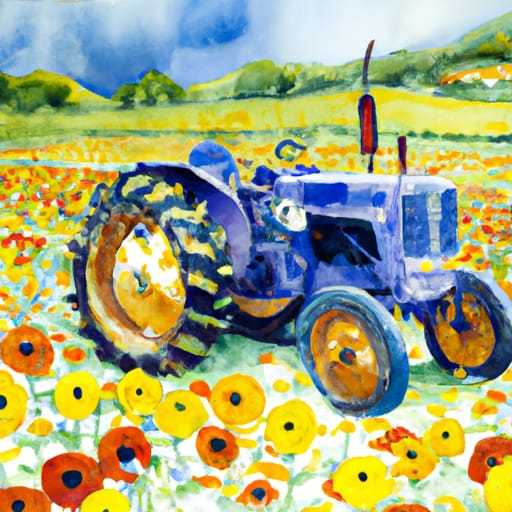
Overall, the use of tractors has had a profound impact on farming over the past century, helping to drive increased productivity and efficiency. However, there are also challenges and trade-offs associated with the use of heavy machinery, and it is important to carefully consider the impacts of technology on both agricultural productivity and sustainability.
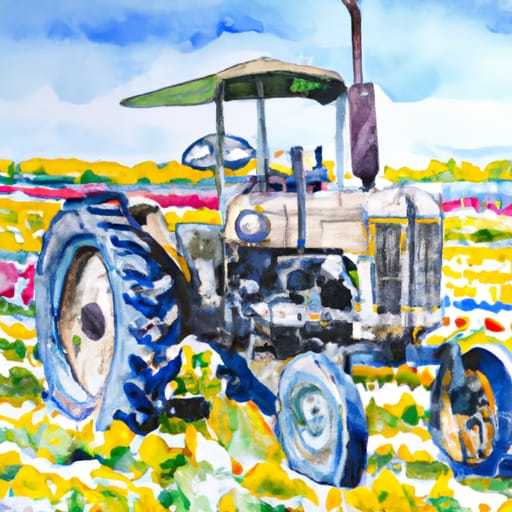
Here are some of the ways old tractors have impacted farming:
Increased efficiency: Prior to tractors, farmers relied on animal power or manual labor to work their fields. This was a slow and laborious process that limited the amount of land that could be cultivated. Tractors allowed farmers to work larger fields in a shorter amount of time, increasing their efficiency and productivity.
Improved soil preparation: Tractors equipped with plows and cultivators made it easier for farmers to prepare their soil for planting. They could break up the soil and create seedbeds in a fraction of the time it would take by hand.
Increased crop yields: By increasing efficiency and improving soil preparation, tractors helped farmers to increase their crop yields. This allowed farmers to produce more food with less labor, helping to feed a growing population.
Greater flexibility: Tractors were able to pull a wide range of implements, such as plows, cultivators, and seed drills. This gave farmers greater flexibility in how they worked their fields, allowing them to adjust to changing weather conditions and soil types.
Access to new technology: As tractors evolved, they became more sophisticated and were equipped with new features, such as hydraulic systems and power take-offs. These innovations allowed farmers to use a wider range of implements, such as balers and combines, which further increased their efficiency and productivity.
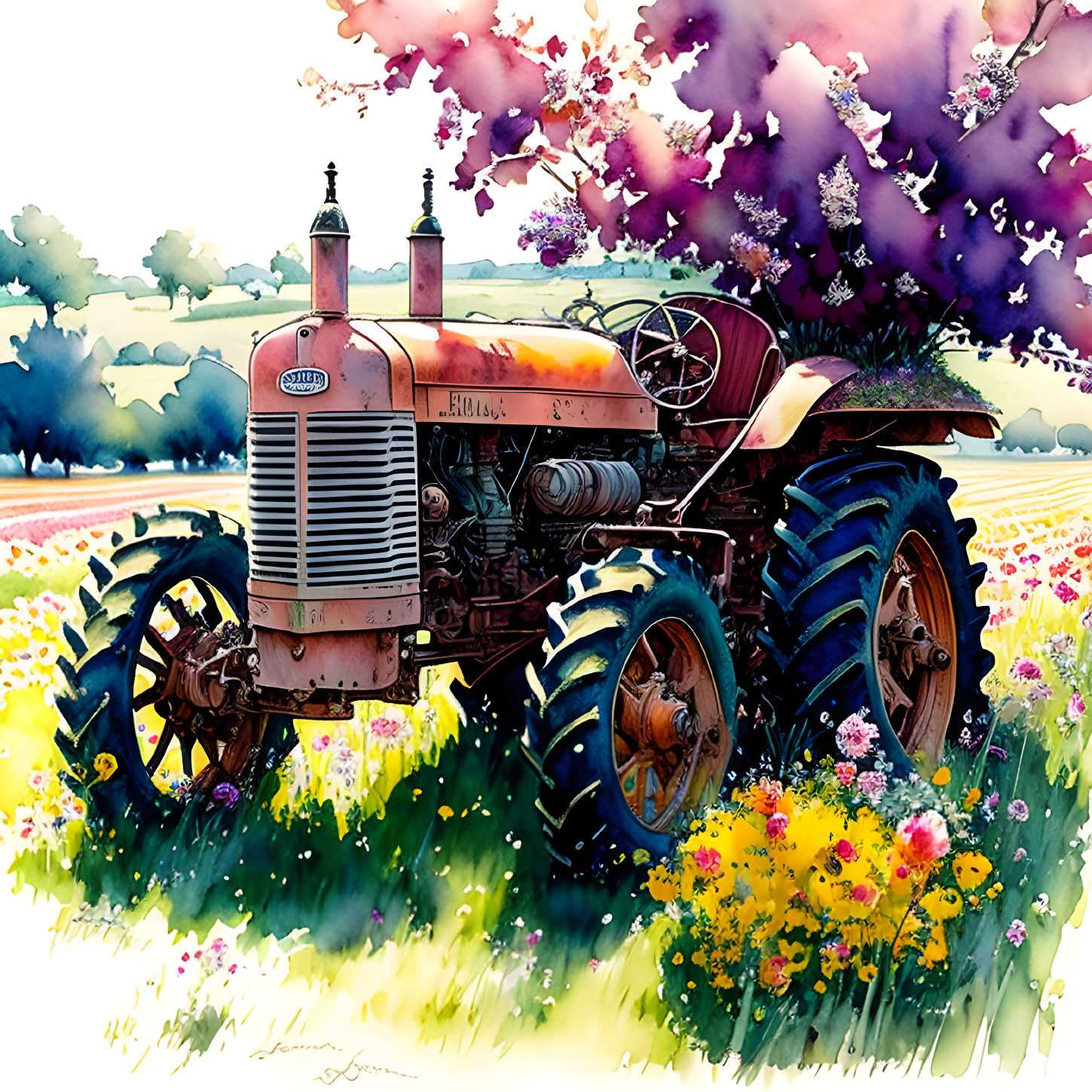
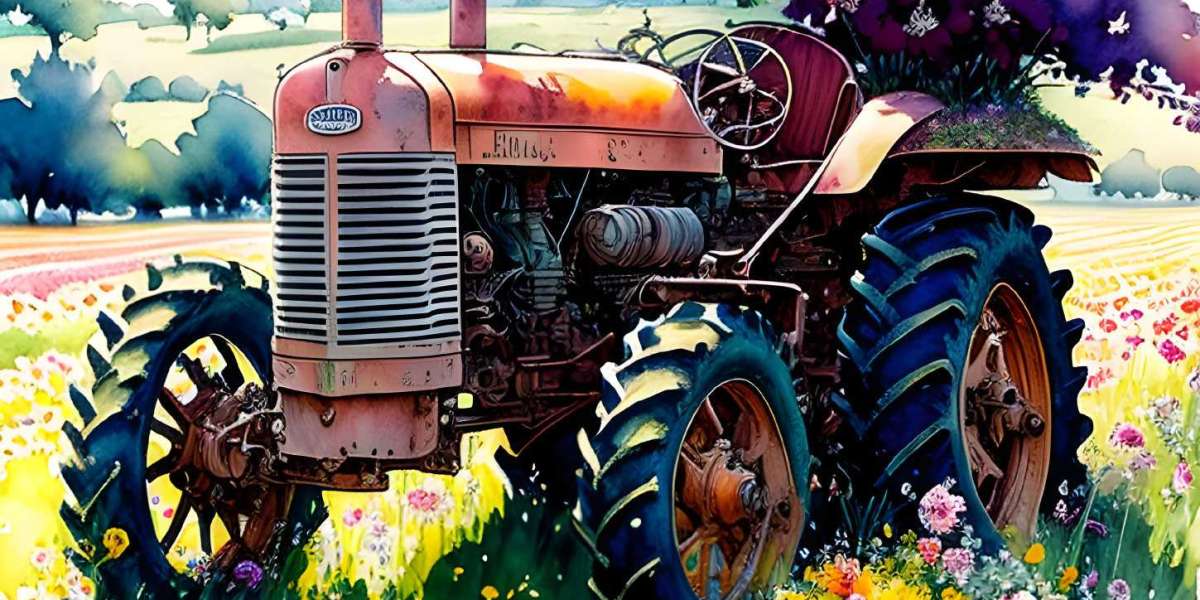


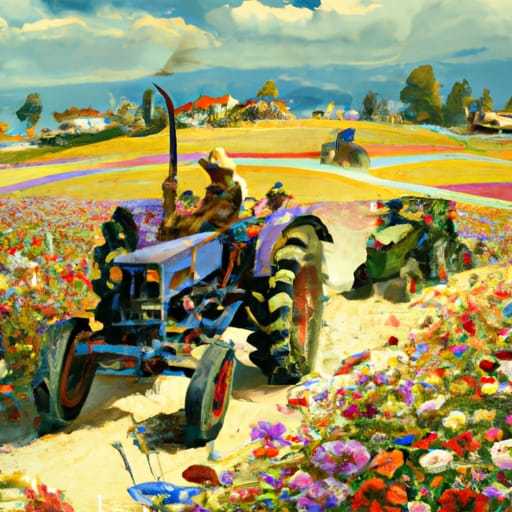
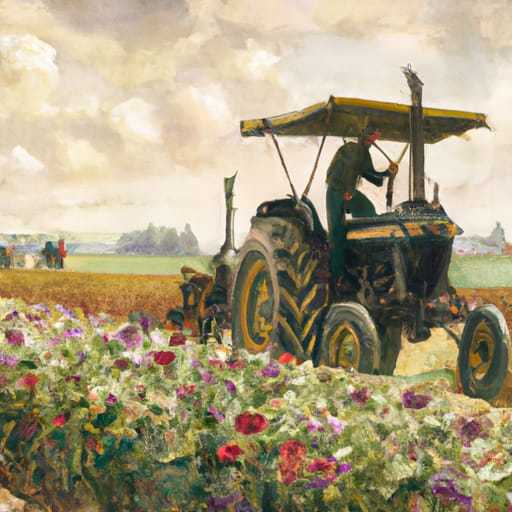






Imran Khan 1 y
New techniques should be use in this modern era.